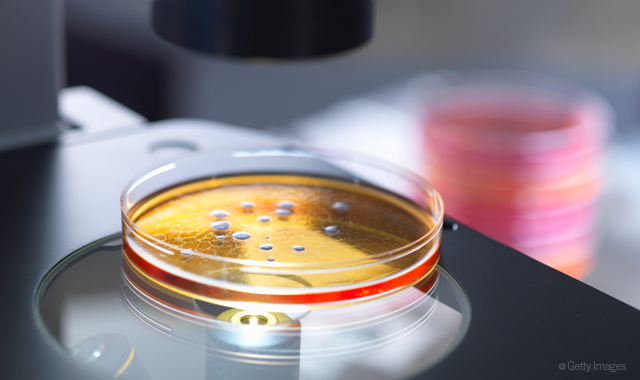Scientists map mouth microbes to pinpoint oral disease origin
Bacteria are a well-known cause of oral disease and infection, but new research is examining the relationship between different bacteria in the mouth to see how they interact and, ultimately, tell researchers how bacteria combine to affect overall health.

Bacteria are a well-known cause of oral disease and infection, but new research is examining the relationship between different bacteria in the mouth to see how they interact and, ultimately, tell researchers how bacteria combine to affect overall health.
A new study from the Forsyth Institute and the Marine Biological Laboratory provides a detailed look at how the microbes in the mouth coexist. Using a novel fluorescence imaging technique and DNA sequencing, the scientists have created a high-resolution map of the bacteria in dental plaque.
For the first time, scientists can see where the bacteria are in relation to each other. This research is critical for gaining new understanding of how the bacteria interact and will ultimately clarify their role in health and disease.
This new imaging technique can be used to map and study other human microbiomes--such as the gut and the skin. In this study, the research team found that bacteria in the mouth form structures (that they termed "hedgehogs"), in which the organization of the bacteria suggest functional roles within the community.
"DNA sequencing does a great job of telling us what bacteria exist in the mouth," said Dr. Gary Borisy, the paper's primary author. "However, it leaves a big gap in our understanding of the microbiome. Without knowing what bacteria are next to each other--who is next to who and who is next to what--how can we possibly understand how they interact? It's like having an index of place names without a map. Our research provides the map, which will allow us to answer important questions about the relationship between the bacteria and the body - and ultimately help us to understand the effect on our overall health."
The study, titled, "Biogeography of a human oral microbiome at the micron scale," was published in the Proceedings of the National Academy of Sciences (PNAS) epub in January 2016. The research is a collaboration between the Borisy and Dewhirst Labs at the Forsyth Institute and Harvard School of Dental Medicine and Mark Welch at the Marine Biological Laboratory and authored by Jessica L. Mark Welch, Blair J. Rossetti, Christopher W. Rieken, Floyd Dewhirst and Gary Borisy.
This story has been reprinted from materials provided by Forsyth Institute.
Oral Health Pavilion at HLTH 2024 Highlighted Links Between Dental and General Health
November 4th 2024At HLTH 2024, CareQuest, Colgate-Palmolive, Henry Schein, and PDS Health launched an Oral Health Pavilion to showcase how integrating oral and general health can improve patient outcomes and reduce costs.